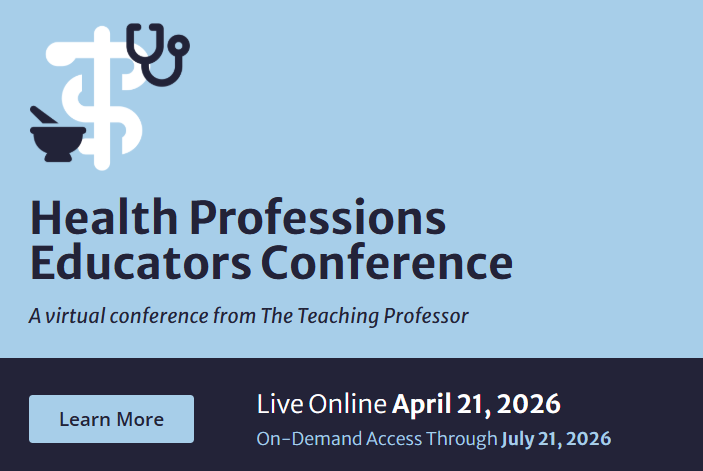
Creating the Space for Engaged Discussions
It’s a new academic year, and optimism and energy are in abundant supply. There are new ideas for class, new ways to engage students, and great questions to wrestle with as the intersections between past and present have rarely been so obvious. And it all goes swimmingly, it seems, until the first time we actually launch a discussion. Then those faces that seemed to be so cheerful–nodding along as we talked about how our class could be challenging, provocative, even FUN–now stare back blankly. It was as if posing a question triggered an actual electric shock that stunned them into a catatonic state. No…wait! Someone looked up. Eye contact? We look at them hopefully, ready for someone to bravely interrupt the increasingly awkward silence. They meet our gaze for a split second, their eyes widen in panic, and all of a sudden there seems to be something much more compelling to look at on the floor next to their chair. It’s as if the air goes out of the room. Everyone seemed to be on board with a discussion-based class until we actually gave them the chance to embark. Then, abandon ship.









